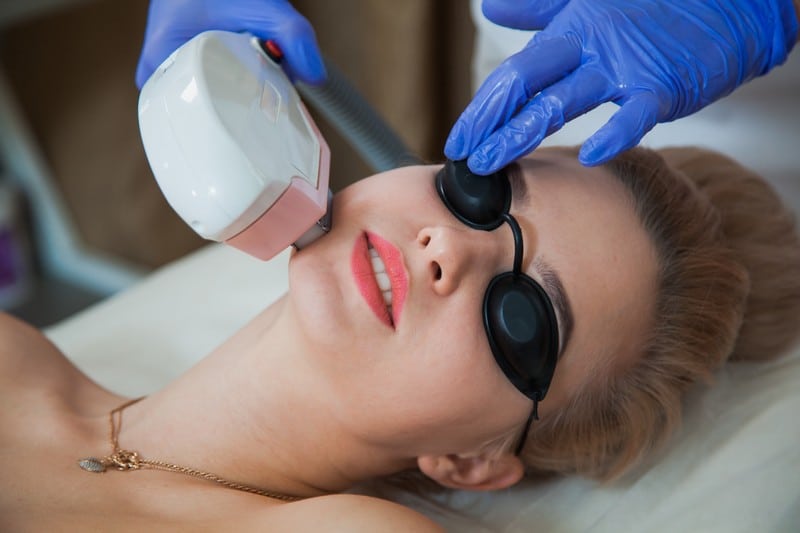Laser Therapy

Among the most trusted treatment methods for hyperpigmentation are laser therapies. A laser peel is a resurfacing treatment that uses light beams to reduce hyperpigmentation’s effects. Dermatologists typically use either an ablative or non-ablative laser to achieve the desired results.
An ablative laser is used to remove the epidermis and heats the dermis. It stimulates the growth of collagen, which improves skin texture and firmness. When the skin regrows after some time, the targeted area appears tighter and smoother. Dermatologists use an erbium laser, a carbon dioxide (CO2) laser, or a combination to address hyperpigmentation issues.
Meanwhile, a non-ablative laser is a less aggressive approach that dermatologists use to tackle hyperpigmentation. It stimulates collagen growth but has a shorter recovery time. However, the non-ablative laser results are less noticeable than the ablative laser therapy. Dermatologists can use pulsed dye, intense pulsed light (IPL), or erbium lasers if they choose this route.
These laser therapies can help with skin tone problems and lessen the appearance of fine lines on the face. However, they cannot eliminate sagging or flabby skin from manifesting. People also risk the appearance of milia, redness, itchiness, scarring, and pain when they use laser peels.










